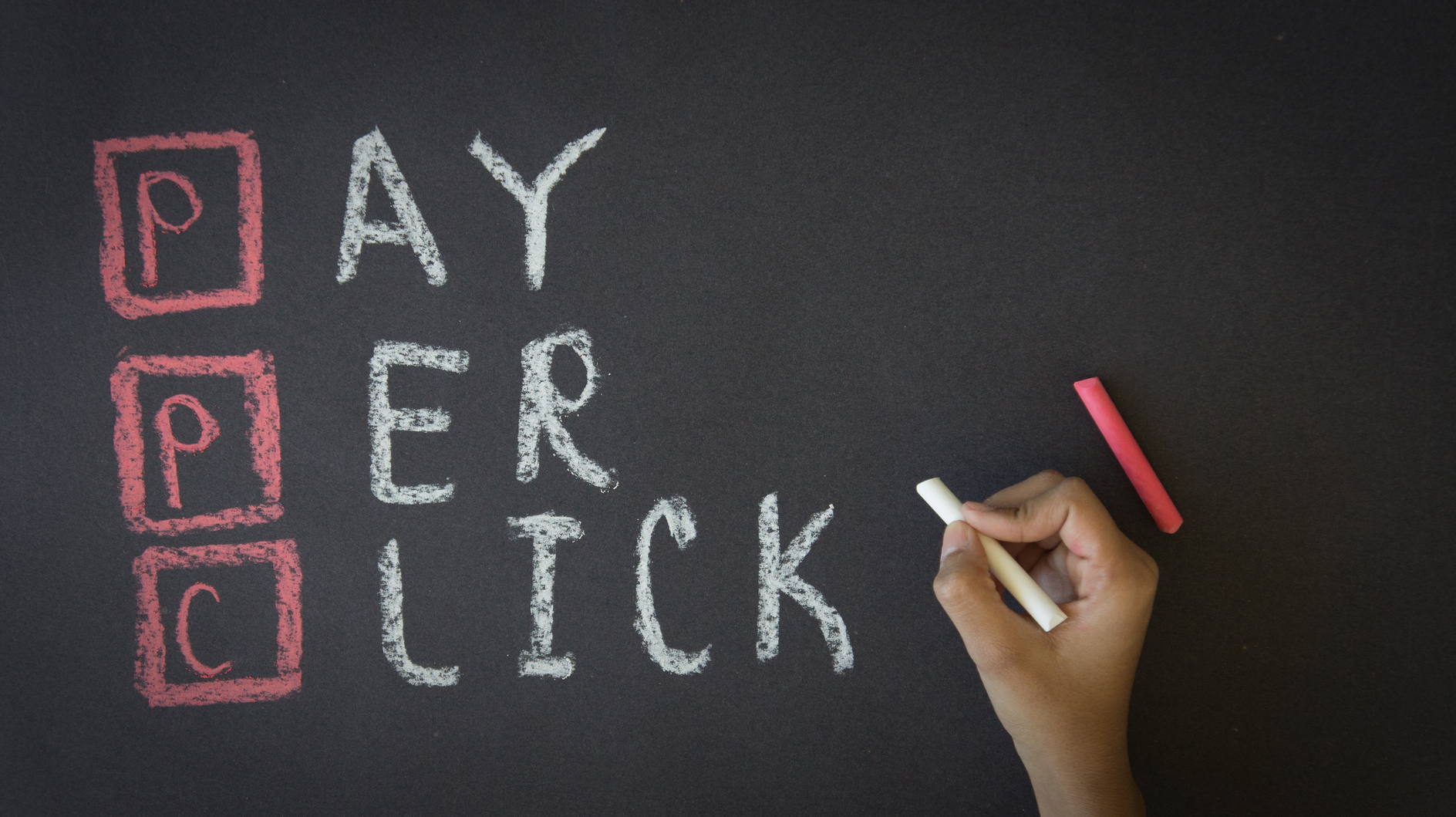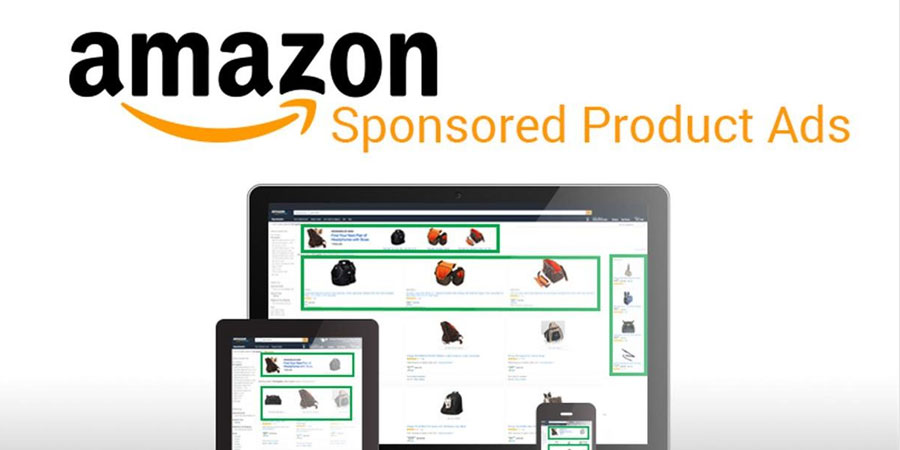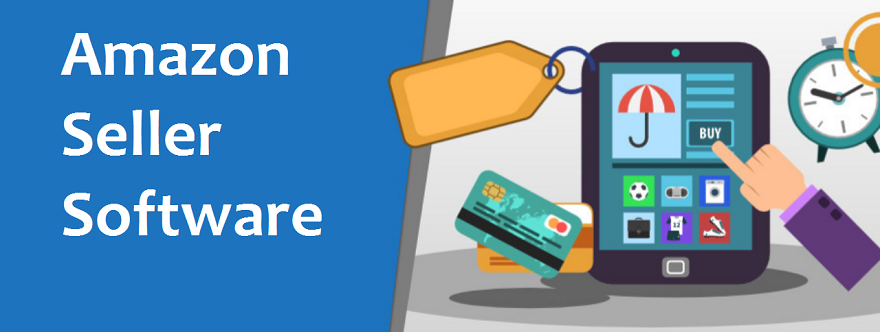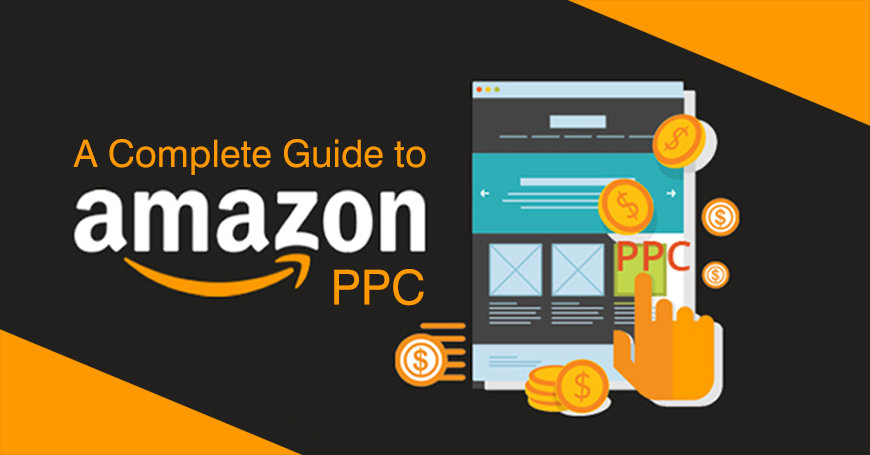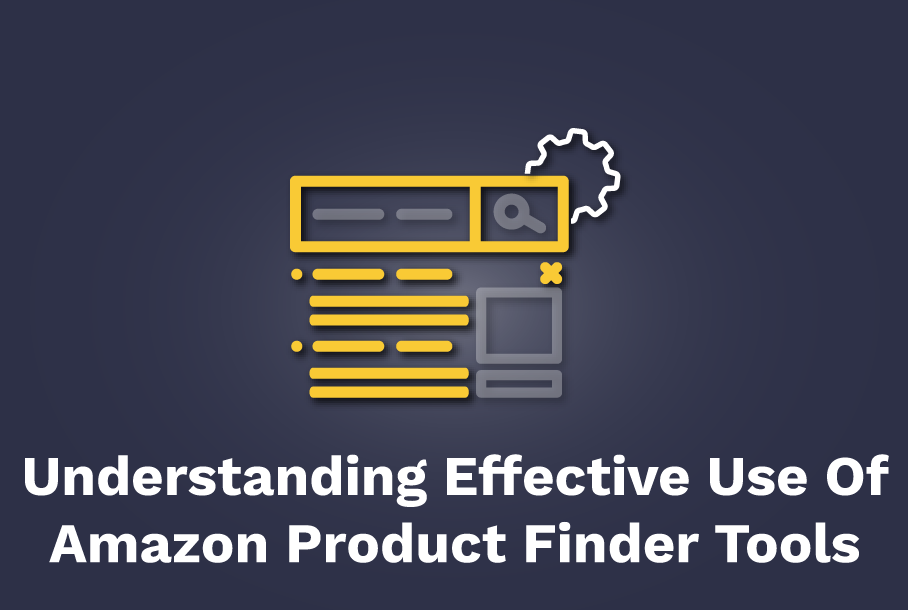Amazon ACOS
As Sellers, we all know that it is a smart move to start investing in Amazon Sponsored Ads to generate our target revenue while improving the Brand Awareness for our products. But at the end of the day as businesses, we all want to make adequate sales, earn a decent profit, and come out as winners.
What are the factors that we need to consider to achieve this goal?
This is where your Advertising Cost of Sale or ACoS, as we all know it, comes into place. This article will take you through the definition and relevance of Amazon cost of sale and how to optimize your campaigns using ACoS to achieve your financial goals.
What is ACoS?
Amazon ACoS (Advertising Cost of Sales) is the Advertising amount you are spending on Amazon for every Dollar you earn. It is achieved by calculating your total Ad spend and dividing it by your total revenue from sales. It is denoted in a percentage form and has a simple formula – Ad Spend / Ad Revenue × 100 OR is denoted as a ratio of Ad Spend on PPC campaigns to the Total Sales from these campaigns.
Let’s say that you are selling a Pen on Amazon for $10. You manage to sell 100 units in a month using Ad Sales, which means your total revenue is 10×100 = $1,000, and assume that your total Advertising Spend to generate these total sales is $400, then your ACoS for this product is 400/1,000 × 100 = 40%.
Now let’s understand what comprises your Advertising Spend and Total Advertising Revenue on Amazon?
Ad Spend = No. of Clicks × CPC (Cost-Per-Click)
Total Ad Revenue = No. of Orders × Average Selling Price of your Products
By bifurcating this further, we arrive at the following:-
No. of Clicks = Impressions × CTR (Click-Through-Rate)
No. of Orders = Clicks × CVR (Conversion Rate)
What are the factors that influence my Amazon Cost of Sale?
Multiple factors influence your ACoS (Advertising Cost of Sales), and are discussed below:-
1. Impressions & CTR (Click-Through-Rate)
Impressions refer to the number of times a consumer sees your ad on Amazon, and the CTR is the number of clicks on your Ad after a consumer sees it. This is the first step towards closing a sale.
Factors affecting Impressions & CTR
- Ad placement & use of relevant Keywords
- Product Title in the Ad
- Product/Brand Description in case of Sponsored Brand Ads
- Image of the product
- Price of the product
- Ratings received
- Number of reviews given to the product
- Any offers or discounts
- Amazon Prime Badge
2. CPC (Cost-Per-Click)
The CPC is the amount that you pay each time a potential customer clicks on your Ad. The CPC is directly proportional to your Advertising Spend; a higher CPC would result in a higher Ad Spend, which will influence your overall ACoS.
Factors affecting the CPC
- Manual change in your Bid for any keyword(s)
- An adjustment in your Bid Strategy to Dynamic Up or Down OR Fixed Bids
- When you are using the Adjust Bid Placement feature on Amazon, which is a feature wherein the Seller has an option to set bid multipliers between 0% to 900% to help you better compete for the Ad Placement opportunities. These are for Ad placements on top-of-the search & on the product page
- If a competitor changes their bids, even if your bid remains the same
- Seasonality of products or time of the year
3. CVR (Conversion Rate)
The Conversion Rate is calculated based on how many orders you get as compared to the total clicks on your Ad. The CVR is inversely proportional to your Amazon ACoS, meaning if the CVR goes up, then your ACoS goes down, and if the CVR goes down, then your ACoS goes up.
Factors affecting the CVR
- The Content on the Product Details Page – Product Title, Description, A+ Content, Benefits, etc.
- The Product Image and Videos
- Availability of the product
- Product Reviews and Ratings
- The Buy Now button
- Amazon Prime Badge
- A competitor’s Ad on your product details page
- The pricing of a competitor’s product
Calculating the Break-even ACoS
The Break-even ACoS is when your Amazon ACoS is equal to your Profit Margin, which essentially means that you are neither earning a profit nor making a loss on the sale of your products.
What is a Profit Margin? The Profit Margin is the percentage that you earn from the sale of your products after removing all the Overheads like the Amazon Fees, the Shipping Cost, the Manufacturing cost, the Employee Cost, etc.
Let’s use the same example as used in the beginning to calculate Amazon Break-even ACoS – the Selling Price of your pen is $10. In this Selling Price, your cost of manufacturing the pen is $2 which also includes the employee cost, rent, raw materials, etc. further, the shipping cost is $1.5, and Amazon’s Fees is $2.5, this takes the total cost of the pen to $6. This leaves you with a profit of $4 or a profit margin of 40%, and if your cost of Advertising on Amazon is equal to 40%, then you don’t tend to lose any money, so your Break-even ACoS for this product is 40%.
Calculating the Break-even ACoS is relevant to your business to understand whether you are earning a profit or making a loss from your sales. If your actual Amazon ACoS is more than your Break-even ACoS, you are making a loss, and you will make a profit if it is less.
Target ACoS or TACoS & its Relevance to Bidding
As a business, we would never be satisfied with a Break-even ACoS, it may seem logical to achieve the Break-even ACoS initially, but with time everyone loves to make a Profit. So, you can first establish how much percentage you would want to keep as the final profit and subtract it from the Break-even ACoS to arrive at the Target ACoS.
As mentioned in the last example, the Break-even ACoS that we were getting was 40%, now depending upon our business goals, we can decide to keep, say 15% as our final profit, then the remaining 25% is our Target ACoS.
By knowing your Target ACoS, you can set your bid amount accordingly, and you can aim to achieve your desired profitability. There are online bid calculators that use the Target ACoS to calculate the exact amount that you should bid on each product so that you never overbid or underbid.
But in case you want to do it manually, then here is a formula to calculate the perfect bid amount for a CPC = (Average Order Value × Conversion Rate) ÷ (1/TACoS).
What is a Good ACoS on Amazon?
We know from above that the Advertising Cost of Sale is the ratio of Ad Spend to the Ad Revenue, and is mostly denoted in a percentage form. And it is clear that to increase your profitability, you need to lower your ACoS on Amazon, but is a low ACoS always good for your business? To answer that, you first need to understand your business goals.
Let’s say you have just recently registered on Amazon as a seller, and your product is relatively new on the Amazon marketplace, so before you see any sales happening, you first need to increase the Awareness for your Brand. For that, you need to put in more money than an already established brand, and in this case, having a Higher ACoS at first might be good over the long run.
Having said that, a Good ACoS is generally in the range of 15-25%, but it also depends on your Business Goals, profitability margins, and Sales Volume.
How do I lower my ACoS on Amazon?
The following elements if optimized properly help in achieving a low ACoS over time:-
1. Product Details Page: The Product Listing Page makes it or breaks it for Sellers, as they contain all the relevant details related to the product that include the product price, product description, reviews, and ratings. And if the page is not attractive enough, the Shopper will most likely bounce off to a competitor’s page. The Page content should be clean, clear, crisp, and engaging that creates a desire for your products in the minds of Shoppers.
You should be aware that your Competitor’s ads also show up on your Product Display Page. So investing a little time in making your page shine out will help you to lower your ACoS by improving your conversions, thereby increasing your sales.
2. Keyword Research: Keywords are what the Shoppers use to reach your product, so you need to ensure that you are bidding on the right kind of keywords.
By using the Search Term Report in the Seller Central, you can see how each keyword is performing against each other.
You must ideally increase your bids on high performing keywords, this may increase your Advertising Cost of Sales (ACoS) in the beginning, but over time the sales volume will cover up for it.
You should reduce your bids on low performing keywords so that you don’t end up overbidding, which will result in a lower CPC.
3. Use Negative Keywords: Your Search Term Report might also show specific keywords that would be getting clicks on your Ads, but they may not be converting to any sales.
You must stop bidding on such keywords and add them to your negative keywords list so that your Ad never shows up for these keywords.
4. Bidding Strategy: Another way to lower your ACoS is by setting your Bidding Strategy to ‘Dynamic Bids – Down Only’. This allows Amazon to reduce your bid to 0% when the likeliness of getting a conversion is low.
Also, you need to set the right Bid amount when bidding for a keyword, and you don’t want to underbid or overbid for a keyword. You can achieve this by using the formula to calculate the perfect CPC mentioned under Target ACoS or by utilizing a Bid Calculator that uses Target ACoS to find the right bid amount for you.
Summing it up
You now know all the major components that affect your Amazon ACoS and how to use them for an efficient Marketing Strategy on Amazon.
If you are new at advertising on Amazon, you should not worry too much if you see your ACoS shooting up as it takes a little money to earn back a lot more money.
Setting up a successful advertising campaign on Amazon takes a lot of time and patience. You just need to be on the lookout for the right indicators to address any concerns and to optimize your strategy.
Ideally, you must also set different ACoS goals for various products and arrive at an Average ACoS that maintains an optimal sales level and profitability.

